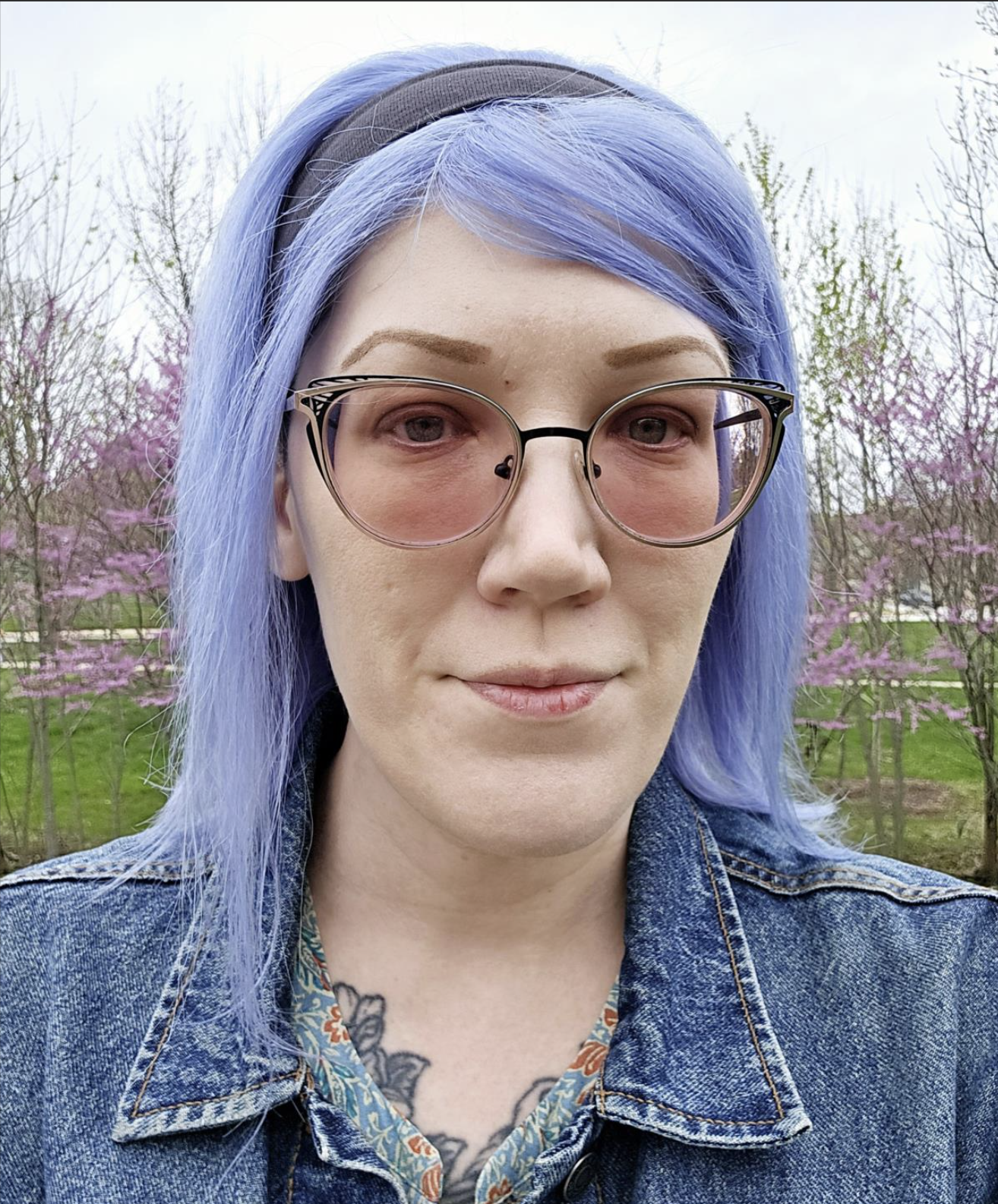For about 30 years, I didn’t know I was living with autism. I’m an 80’s baby – girls in my generation often went unidentified and undiagnosed because medical professionals believed that only boys could be affected. For a girl to be diagnosed in those years, she typically had to exhibit extremely challenging behaviors and an intellectual disability. While I didn’t fit that bill, I did (and still do) show many signs of being autistic. I had extreme food aversions, common comorbidities such as OCD, ADHD, depression, and anxiety, intense specific interests, and significant sensory challenges. I had (and still have) difficulties with social behaviors such as making eye contact, reading body language and facial expressions, never knowing how to respond to others, and difficulty maintaining a conversation. These challenges made my K-12 educational experience difficult at best and traumatic at worst – to the point that I attempted suicide twice before the age of 12. I continue to find it strange that, even with a lack of awareness of how autism can present in girls, nobody noticed anything. While the updated diagnostic criteria and increased awareness have resulted in more girls today being identified and diagnosed with autism, the fact remains that they are still identified less frequently and much later in life than boys. There is still work to be done here.
Even now as an adult, I still experience challenges in the workplace. I don’t emote well, and my tone, body language, and facial expression rarely match my actual mood. People who don’t know me well often accuse me of being cold or irritable, when in most cases I’m just using my natural speaking voice. I have learned some social masking behaviors over the years, but I find them physically painful and mentally exhausting. It’s not something that I can maintain for long periods. I’m beyond thankful that I work in special education now, and that the people I work with most closely “get me.” It’s the first time I’ve ever been just as comfortable in the workplace as I am in my own home.
Something that I would love to never hear again is “you don’t look autistic.” I never know if it’s meant as a compliment and I’m supposed to thank them, or if they think I’m lying about being autistic and I’m supposed to prove it. Thankfully, social media is full of people who are more than willing to step up and talk about autism being a spectrum disorder, and I do believe that it’s helping to increase general awareness. However, I often wonder what the average person’s understanding of “spectrum” is. Do they think autism only looks like stereotypical movie portrayals, with varying degrees of intensity? Autism looks like us – all of us. We all have our own strengths and challenges, our own interests and idiosyncrasies, and our own support needs. There isn’t any one way to “look autistic.”
For others who are seeking to make a difference, my advice to you is to listen to and elevate autistic voices. And I don’t mean voice only in the sense of one making words with their mouths and vocal cords – some of us use speech devices, PECS cards, and other forms of communicative technology. Some of us use ASL, adapted ASL, or other gestures. Behavior itself is communication. Those of us with more limited means of communication are often left out of the conversation altogether. Please don’t come into this thinking that you know what’s best for us. Talk to us first, so we can tell you what we need from you. If you’re a person who prefers to share information, I encourage you to share the works of organizations that are largely respected by the autistic community, such as the Autistic Self-Advocacy Network (ASAN) and the Autistic Women and Nonbinary (AWN) Network.
Over the last several years, I’ve taught the use of inclusive practices in the general education classroom and studied the barriers to successful postsecondary transitions of students with disabilities. I am currently working on a project that aims to improve transition planning for students with disabilities. The project is centered around the inclusion of student voice, which is frequently absent in transition planning, and the use of inclusive practices like Universal Design for Learning (UDL) that can help to facilitate student engagement and increase student participation in their postsecondary transition planning. It’s still in the early stages of a literature review, and I’m hoping to turn it into a professional development for K-12 educators. The goal is to improve the transition planning process, students’ postsecondary outcomes, and teachers’ overall perceptions of students with disabilities.
Share your stories


